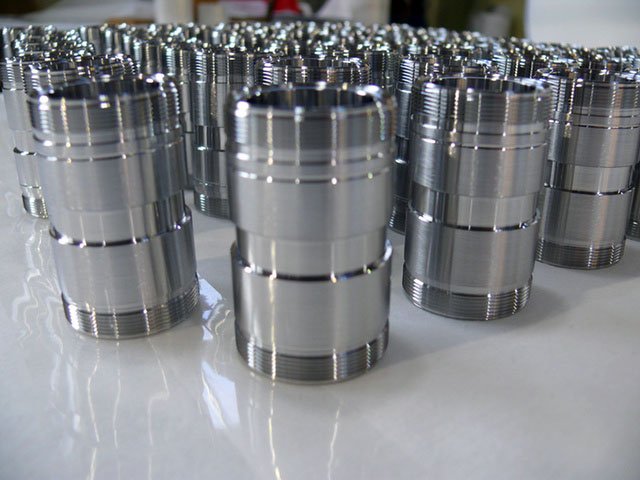Introduction
In the field of machining, surface treatment techniques play a crucial role in improving the quality and functionality of the finished product. These techniques help to enhance the surface properties of the material, such as its hardness, corrosion resistance, and appearance. In this article, we will explore six common surface treatment techniques used in machining.
1. Plating
Plating is a widely used surface treatment technique that involves depositing a layer of metal onto the surface of a substrate. This is typically done through electroplating, where a metal ion solution is used along with an electric current to coat the surface. Plating can be used to improve the appearance of the material, provide corrosion resistance, or enhance its conductivity.
2. Anodizing
Anodizing is a process that creates a protective oxide layer on the surface of a metal, typically aluminum. This is achieved by immersing the metal in an electrolyte solution and applying an electric current. Anodizing not only improves the corrosion resistance of the material but also allows for the application of dyes to create vibrant colors.
3. Heat Treatment
Heat treatment is a surface treatment technique that involves heating the material to a specific temperature and then cooling it rapidly or slowly, depending on the desired outcome. This process alters the microstructure of the material, resulting in improved hardness, strength, and toughness. Heat treatment can be used to modify the surface properties of various materials, including metals and alloys.
4. Shot Peening
Shot peening is a mechanical surface treatment technique that involves bombarding the material surface with small spherical particles, known as shot. This process induces compressive residual stresses in the material, which helps to improve its fatigue life and resistance to stress corrosion cracking. Shot peening is commonly used in industries such as aerospace and automotive.
5. Chemical Etching
Chemical etching, also known as chemical milling, is a surface treatment technique that involves selectively removing material from the surface using chemical reactions. This process is often used to create intricate patterns, designs, or to remove unwanted layers from the surface. Chemical etching is commonly used in the production of printed circuit boards and decorative items.
6. Coating
Coating is a surface treatment technique that involves applying a thin layer of material onto the surface of a substrate. This can be done through various methods, such as spraying, dipping, or vapor deposition. Coatings are used to provide a range of properties, including corrosion resistance, wear resistance, and low friction. Common coating materials include polymers, ceramics, and metals.
Conclusion
Surface treatment techniques in machining are essential for improving the properties and performance of materials. Whether it is plating, anodizing, heat treatment, shot peening, chemical etching, or coating, each technique offers unique advantages and applications. By understanding these common surface treatment techniques, manufacturers can make informed decisions to enhance the quality and functionality of their products.


